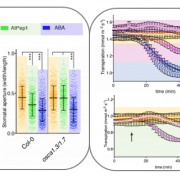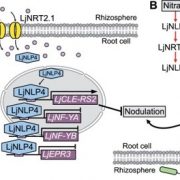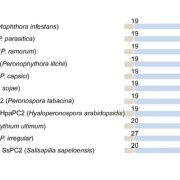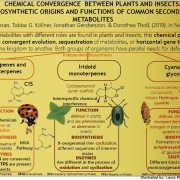Understanding pathogenic bacterial gene expression in planta is essential to understand plant pathology (bioRxiv)
How exactly does the plant defense system target pathogens? Nobori et al. have analyzed interactions 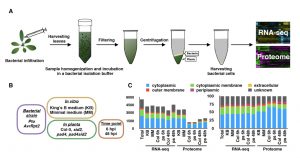 inside the plant between the foliar bacterial pathogen Pseudomonas syringae and Arabidopsis thaliana at transcriptomic and proteomic levels by using RNAseq and liquid chromatography mass spectrometry (LC-MS) during early and later stages of infection. The authors found that the pathogenesis-related processes are highly activated at both stages of infection, and that the comparison between mRNA and protein helped to shed some light on the regulation of these processes. For example, the genes involved in chemotaxis were upregulated at the mRNA level and suppressed at the protein level. Similarly, the salicylic acid pathway was found to selectively target the tip component of the Type III secretion system at the protein level. These data give a guideline to understand the interaction between pathogen and plant by multi omics strategies. (Summary by Mugdha Sabale) bioRxiv 10.1101/822932
inside the plant between the foliar bacterial pathogen Pseudomonas syringae and Arabidopsis thaliana at transcriptomic and proteomic levels by using RNAseq and liquid chromatography mass spectrometry (LC-MS) during early and later stages of infection. The authors found that the pathogenesis-related processes are highly activated at both stages of infection, and that the comparison between mRNA and protein helped to shed some light on the regulation of these processes. For example, the genes involved in chemotaxis were upregulated at the mRNA level and suppressed at the protein level. Similarly, the salicylic acid pathway was found to selectively target the tip component of the Type III secretion system at the protein level. These data give a guideline to understand the interaction between pathogen and plant by multi omics strategies. (Summary by Mugdha Sabale) bioRxiv 10.1101/822932




